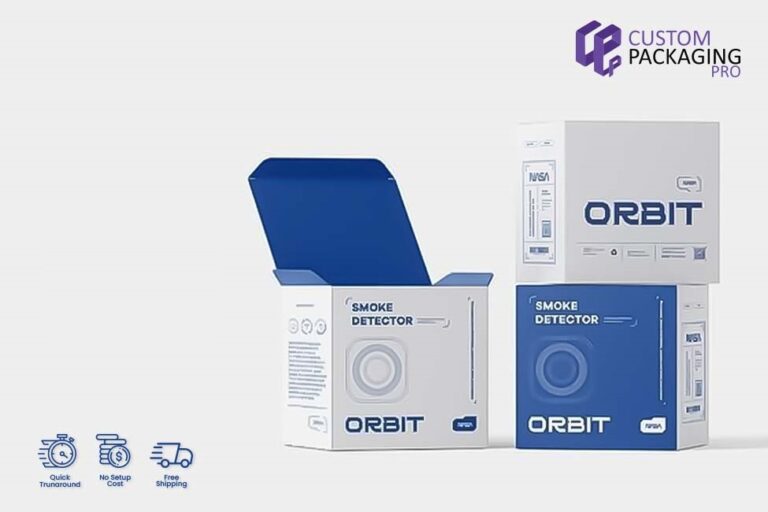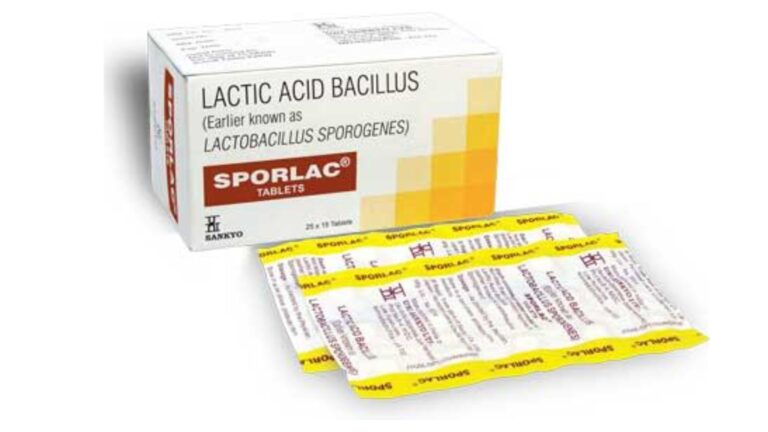Introduction
ISO certification is a hallmark of quality and reliability recognized across the globe. It signifies that an organization adheres to internationally accepted standards, enhancing its credibility and operational efficiency. However, attaining ISO Certification is more than just achieving a certification mark; it requires a strategic approach and adherence to best practices throughout the process. This article outlines the key practices and strategies to navigate the path to ISO certifications successfully.
Understanding ISO Certification
ISO (International Organization for Standardization) develops and publishes standards that ensure quality, safety, and efficiency. The most commonly pursued ISO certifications include:
- ISO 9001: Quality Management Systems
- ISO 14001: Environmental Management Systems
- ISO 45001: Occupational Health and Safety
- ISO 27001: Information Security Management Systems
- ISO 22000: Food Safety Management Systems
Achieving ISO certification involves demonstrating compliance with the specific requirements of the standard relevant to your industry.
Best Practices for Achieving ISO Certification
- Understand the Standard
Research and Familiarize: Begin by thoroughly understanding the specific ISO standard you intend to pursue. Each standard has its requirements and scope. Read the full text of the standard, and familiarize yourself with its requirements, terminologies, and processes.
Consult Experts: Consider consulting with ISO experts or hiring a consultant who specializes in the relevant ISO standard. Their expertise can provide valuable insights and guidance.
- Develop a Strategic Plan
Assess Current Practices: Conduct a thorough assessment of your current practices, processes, and systems. Identify gaps between your current state and the requirements of the ISO standard.
Create a Roadmap: Develop a detailed plan that outlines the steps required to meet ISO standards. This plan should include timelines, resources, responsibilities, and milestones.
Set Clear Objectives: Define clear, measurable objectives for what you want to achieve with ISO certification. This could include improvements in quality, efficiency, or safety.
- Engage Leadership and Key Stakeholders
Obtain Leadership Support: ISO certification requires commitment from top management. Ensure that senior leadership understands the benefits of certification and is committed to supporting the initiative.
Form a Project Team: Assemble a team responsible for leading the certification process. This team should include representatives from various departments who understand the organization’s processes and can drive change.
- Implement Required Processes and Procedures
Develop Documentation: Create or update documentation to align with ISO requirements. This typically includes developing policies, procedures, and records that demonstrate compliance with the standard.
Standardize Processes: Ensure that all processes are standardized and documented. This includes creating standard operating procedures (SOPs) and work instructions.
Train Employees: Provide training to employees on the ISO standards and how they impact their roles. Ensuring that everyone understands their responsibilities is crucial for successful implementation.
- Conduct Internal Audits
Plan Internal Audits: Develop an internal audit plan that covers all areas affected by the ISO standard. Internal audits help assess compliance and identify areas for improvement.
Perform Audits: Conduct internal audits as planned, ensuring that they are thorough and unbiased. Use the findings to make necessary corrections and improvements.
Address Non-Conformities: Identify and address any non-conformities or areas of non-compliance. Implement corrective actions and verify their effectiveness.
- Prepare for External Audit
Select a certification body: Choose an accredited certification body to conduct the external audit. Ensure that the body is recognized and reputable.
Conduct a Pre-Audit: Consider having a pre-audit or a mock audit conducted by an external consultant to identify any potential issues before the official certification audit.
Review Documentation and Records: Ensure that all documentation and records are complete, accurate, and readily accessible for the external audit.
- Maintain certification and Continuous Improvement
Monitor Performance: After achieving certification, continuously monitor performance to ensure ongoing compliance. Regularly review processes and practices to maintain the standards.
Seek Feedback: Gather feedback from employees, customers, and other stakeholders to identify areas for improvement. Use this feedback to refine and enhance your processes.
Plan for Recertification: ISO certifications are typically valid for three years. Plan for periodic surveillance audits and recertification to maintain your certification status.
Strategies for Successful ISO Certification
- Promote a Culture of Quality
Foster Commitment: Cultivate a culture that values quality and continuous improvement. Encourage employees at all levels to take ownership of quality and compliance.
Recognize and Reward: Recognize and reward employees who contribute to achieving and maintaining ISO standards. This reinforces the importance of quality and motivates others.
- Leverage Technology
Utilize Software Tools: Invest in software tools that can assist with documentation management, process monitoring, and performance tracking. Technology can streamline compliance efforts and enhance efficiency.
Automate Processes: Where possible, automate repetitive tasks to reduce errors and improve consistency in processes.
- Communicate Effectively
Keep Stakeholders Informed: Maintain clear and open communication with all stakeholders throughout the certification process. Regular updates and transparency help ensure alignment and support.
Provide Training: Ensure that all employees receive appropriate training and understand how ISO standards impact their roles. Effective communication and training are key to successful implementation.
- Benchmarking and Best Practices
Benchmark Against Peers: Compare your processes and performance with industry peers or best practices. Benchmarking can provide insights into areas for improvement and help set realistic goals.
Adopt Best Practices: Stay updated on industry best practices and incorporate them into your processes. This helps ensure that your organization remains competitive and compliant with evolving standards.
- Plan for Change Management
Prepare for Resistance: Change can be challenging, and resistance is common. Develop a change management plan to address potential resistance and facilitate smooth transitions.
Engage and Involve: Involve employees in the change process and seek their input. Engaged employees are more likely to support and contribute to successful implementation.
Note: You can also Apply for ISO 27001 Certification from our website
Conclusion
The path to ISO certification is a journey that requires careful planning, commitment, and execution. By following best practices and employing strategic approaches, organizations can navigate this path effectively and achieve certification. The process involves understanding the standard, developing a strategic plan, engaging leadership, implementing required processes, conducting audits, and preparing for external audits. Additionally, fostering a culture of quality, leveraging technology, communicating effectively, benchmarking against peers, and planning for change management are crucial strategies for success.
Achieving ISO certification not only enhances organizational credibility and efficiency but also drives continuous improvement. By maintaining a commitment to the principles of ISO standards and continually striving for excellence, organizations can ensure that their certification provides long-term value and supports their strategic goals.











